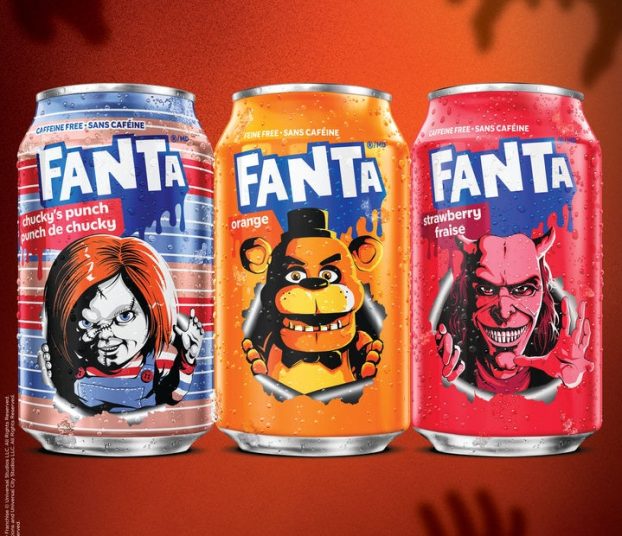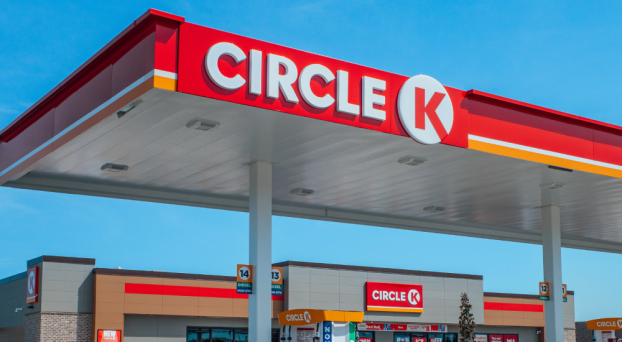Seems like the ad industry has been obsessed with digital and social media for a long time now. At first, the level of scrutiny surpassed the reality – flocks of theories, but not too much to show for it.
Canada’s first taste of real success came with Dove’s Evolution viral, which sparked a media frenzy that put Real Beauty on the map, then won two Grand Prix at Cannes in 2007. It’s also been credited with starting a new era of branded content and the recognition of “earned media.” Two years later, a little contest for the Best Job in the World swept most categories in Cannes, and like Evolution, made international headlines; Queensland Tourism’s Trojan Horse of a contest “earned” segments promoting the travel agenda across the world.
Brands that hadn’t been taking the ROI potential seriously, started to. And none too soon – since this youth demo has always had the interweb, a very different consumer is emerging.
Now most campaigns have digital and social components and we’re seeing more digitally- and socially-led efforts from a wider swathe of brands.
Some are brilliant. More are not. A lot look good on paper, but when you actually try out the “first ever” gizmo aspects, they fall flat – they aren’t fun and they’re too much work for too little payback.
But for the audience that is drifting further away from the realm of cable TV and print media, digital and social media are the new mass and must be mastered. Fortunately, we’re starting to see that happen, and brands that have been tinkering in this space are achieving a better balance, with campaigns that entertain across both traditional and digital platforms, and give more reward for less effort on the online side.
To that end, given that it’s our annual youth marketing report, we took a social lens for most of the issue. We rounded up the latest crop of campaigns with a social component, we looked at how youth brands are using digital and social media, and we talked to youth about their online MO.
This generation of teens grew up with social media, and strategy’s Emily Wexler sat down with the folks at Decode and a youth panel to explore how that shapes their outlook on advertising and brands. While much has changed, some things never will. Despite airing their every thought and action on social forums, teens still want to be covert on some fronts. One of our panelists said his mum was new to Facebook so asked him to add her as a friend, and he told her that he couldn’t. And like many of their elders, they don’t get Twitter.
Even brands talking to the youngest kids have embraced social media. Spin Master’s hot property Bakugan is a transmedia native that’s also on Twitter and Facebook, and they’re using that formula to launch its newest soon-to-be-franchise Redakai.
But despite all the activity in this arena, there’s still lots of scope for more Canadian brands to take better advantage of the unique targeting and cost-effectiveness of digital and social marketing.
As with most things media- and marketing-related lately, it all comes down to content. Evolution and Best Job in the World were brilliantly conceived – the ideas and execution earned the brands A-list celeb treatment in mainstream media.
For brands about to embark on a social strategy, figure out what your talk value is. For Canadian Tire, it’s triggered by the insight that Canada’s “joys and jobs” hinge on our seasons, and that the iconic retailer can play a role in those activities beyond just the functional, or as Rob Shields, SVP, marketing, describes the new positioning campaign and social media push, “This isn’t going to be a spot that says, ‘We’ve got weed eaters for $19.99.’”
You may need to up your brand’s content Q (rather than rely on the techy gimmicks that seem to be a fallback for some). Whoever can make theirs the most relevant and entertaining will win the most friends, and thereby influence the most people. AR assembly not necessarily required.
Cheers, mm
Mary Maddever, exec editor, strategy, Media in Canada and stimulant





















